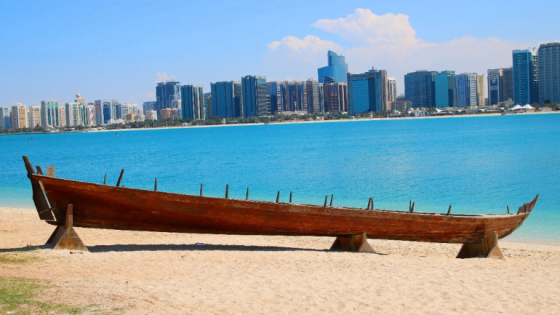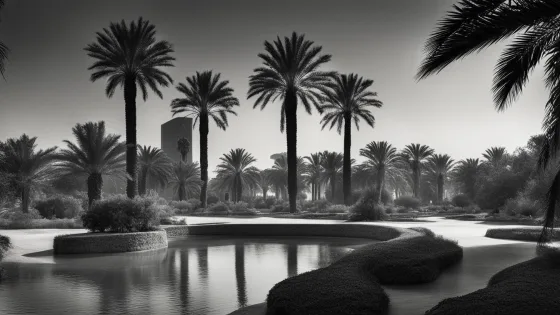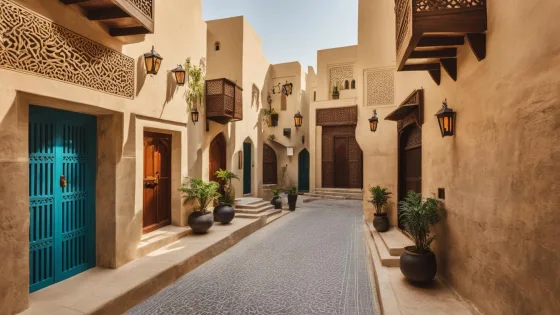Contents
The UAE cultural transformation has been occurred just over 50 years ago. The United Arab Emirates, a confederation of seven states, had an economy based primarily on pearl diving and fishing. The discovery and exportation of oil in the 1960s ushered in a new era of trade and completely transformed the country. With a thriving economy, the UAE was able to fund a period of rapid development, and the landscape has become overrun with towering skyscrapers over the last 50 years.
UAE Cultural Transformation
The first things that come to mind when thinking of Dubai are shopping, the world’s tallest tower, and 365 days of warm weather and sandy beaches. Nobody immediately considers the cultural transformation of the UAE. The Dubai Arts and Culture Authority was established to change this.
However, even after decades of existence, the organization only had 23% cultural awareness among Dubai residents. Bellwether encountered a number of challenges when assessing Dubai Culture, including the lack of a clear definition of culture in Dubai. Furthermore, the city did not distinguish itself well from its neighboring cities of Sharjah and Abu Dhabi.
Read more: UAE Cultural Heritage
UAE’s cultural landscape
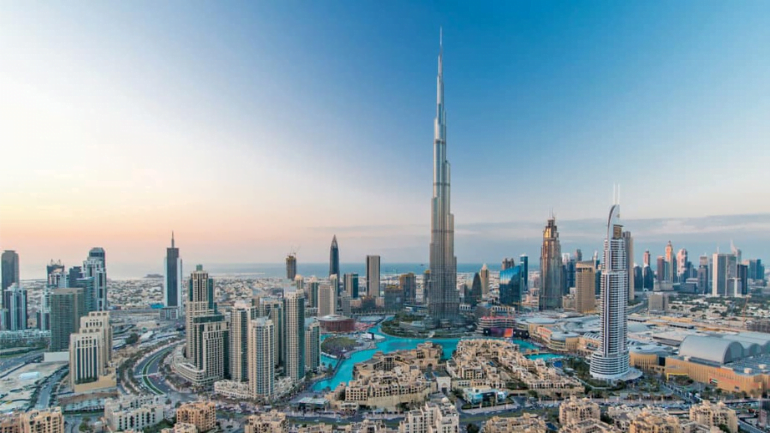
Sheikh Khalifa, who died on May 13, 2022, at the age of 73, left behind a cultural scene that had been transformed in many ways. Many groundbreaking developments and institutions arose during his 18-year tenure, including the Manarat Al Saadiyat cultural district, which is home to the Louvre Abu Dhabi, the NYUAD Arts Center, and the soon-to-be Zayed National Museum and Guggenheim Abu Dhabi.
Other accomplishments can be heard through regular concerts and festivals, which feature internationally acclaimed orchestras and popular music acts. This is due not only to strategic planning but also to the fruits of a long-term vision, according to Abu Dhabi Music Arts & Foundation founder Huda I Alkhamis-Kanoo, “The late president Sheikh Khalifa championed the UAE’s impressive rise in the art and cultural scene,” “This was through understanding and welcoming the advancement of cultural development from the beginning,” she told The National.
The significance of collaboration was a kind of UAE cultural transformation buy-in that enabled the Louvre Museum to take the unprecedented step of establishing a satellite venture in the UAE in 2017. Louvre Abu Dhabi director Manuel Rabate says, “This would not have been possible if we had not seen the rapid acceleration of the artistic and cultural landscape under the UAE’s leadership over the last 25 years”.
Read more: UAE Geological Heritage Sites
The influx of foreign cultures
Curiosity and tolerance in the UAE highlight the country’s position as a premier cultural and entertainment destination, which has resulted in an influx of foreign cultures in UAE society. The UAE’s position in the international live events world has shifted dramatically over the last 20 years. It is now much easier for promoters to persuade international artists to come here because they previously may not have understood the distinction between the UAE and other neighboring countries and cities.
New priorities for Dubai Culture emerged, such as enabling the next generation of talent, making culture accessible to all, and contributing to the economy, all with a new purpose based on today’s culture. One of these priorities is to hold workshops to help the institution collectively define a set of values that everyone in the organization can agree on.
The new cultural values were implemented through an internal campaign to enable the new purpose and ensure that everyone was on the same page: guardians of heritage and culture, explorers of the future, connectors bringing people together around culture and creativity, and achievers with the highest standards of excellence and ethics as an organization.
Take a look at: UAE Natural Landmarks
Molding Dubai Culture’s Purpose
The Dubai Arts and Culture Authority was established to promote and shape the culture of Dubai. Despite being founded in 2008, its brand awareness, recognition, and perceived impact were still low. Dubai Culture collaborated with Bellwether to create a new brand identity that helped highlight its initiatives, allowed it to stand proudly as an authority, and empowered it to reflect Dubai’s national identity. The organization received the Best Overall Visual Identity Transform Award for its rebranding.
Read more: Short History of Dubai
Evolution of Emirati National Identity
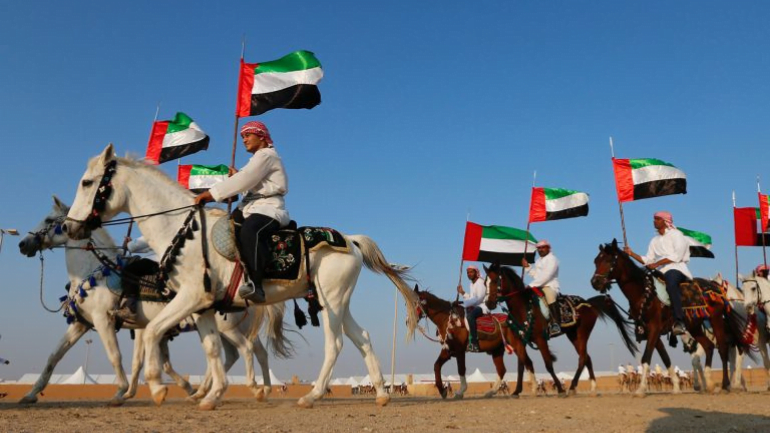
On December 2, the UAE will mark the 50th anniversary of the establishment of the state (al-Ittihad) of the federation of seven emirates and the rising of the federation’s cultural life. The Emirati political elite has addressed the complex responsibilities of building a functional bureaucratic apparatus while shaping the nation’s identity since 1971 when the emirates regrouped under the leadership of Sheikh Zayed bin Sultanal-Nahyan.
For decades, an oil-based model guided this state-building process and citizens’ expectations, but the country now faces a more complex environment. New challenges such as the growing youth population, the push for sustainability, and shifting patterns in the global economy all have an impact on the current Emirati political agenda; however, the UAE leadership must strike a balance between the urgent need for innovative strategies and Emirati national identity and heritage.
Strengthening national identity through cutting-edge mega-plans has been dubbed the “productization of identities,” a strategy intended to address the Arab Gulf monarchies’ lack of shared historical mythology and memory. The spectacular celebrations of flagship state initiatives like Expo 2020 fuel a “second-generation heritage narrative” that speaks to Emirati youth.
Read more: History of the development of Dubai
Economic Development’s Cultural Dimensions
The Cultural Dimensions of Economic Development, which is widely sought, is a long-term increase in national and per capita income for increased consumption and happiness. It may appear to be lacking in finer things associated with culture. As such, the purpose of this study is to investigate the cultural dimensions of economic development through the lens of the fast-developing small nation of the United Arab Emirates (UAE). The developing India is also a factor.
The study’s objectives are to discover the nature and dynamics of economic development, as well as its cultural dimensions or content, and to draw policy implications for economic and cultural development. Also, economic globalization has transformed the UAE. The study’s intriguing conclusions are that there are invariable cultural dimensions to economic development, and a cultural sector emerges during the course of economic development which can make cultural changes in family life. More emphasis should be placed on culture in development policy and planning; without culture, economic development will be unwholesome, and the UAE is supportive of holistic development.
Economic development in the UAE, which is a continuous change from the production side in raw materials, processes, machinery, packaging, advertising, and marketing of goods and services and their sales or shopping, quite imaginably, brings cultural changes in the way people think, live, dress, move around, entertain themselves, and so on.
Take a look at: UAE cultural development
UAE Culture Transformation & Traditions
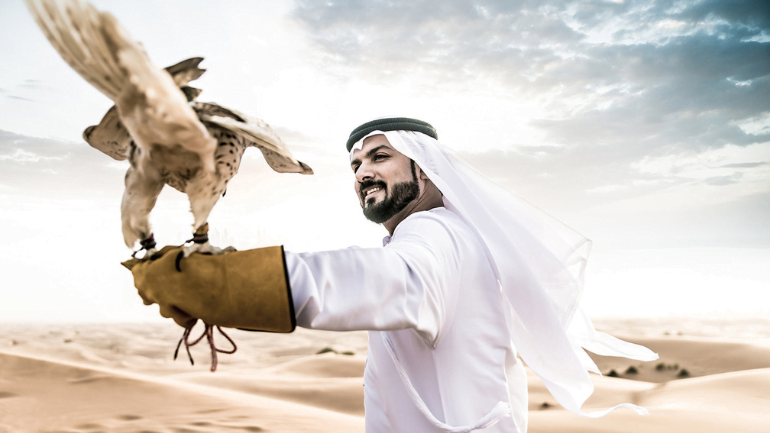
Abu Dhabi’s enthralling history is a grand story of endurance and perseverance, intertwined with threads of Bedouin resilience and the city’s impressive cultural transformation. The UAE’s identity is woven from a rich tapestry of culture and tradition. While Emiratis have been the driving force behind the country’s development, the country’s fauna has also played an important role in shaping Abu Dhabi’s cultural heritage, from majestic horses and camels to the fleet-footed Salukis and skilled falcons.
Cultural Arts in UAE
The UAE’s rich culture is reflected in the country’s diverse art scene. The country’s appreciation for art is evident in its poetic language, vibrant colors of traditional artwork, distinct gestures, and the people’s passion. The UAE is brimming with authentic creativity, from the intricate designs of Arabic henna that resemble good luck and prosperity in marriages to the unique art of weaving known as Sadu, which is listed on UNESCO’s List of Intangible Cultural Heritage.
The UAE’s culture is a fascinating blend of old and new, reflecting the country’s rich history and its modern, cosmopolitan spirit. It is home to a variety of performing arts, such as emotive poetry and the energetic traditional dance called “Al Ayala.”
The Emirati Cuisine
The UAE’s cuisine reflects the country’s history and geography. It’s a diverse mix of cultures and influences from neighboring countries like Iran and India. Historically, the local diet was centered on the Bedouin nomadic lifestyle, with dates, milk, and meat from camels and other available livestock serving as staples.
The UAE was known for its pearl diving and fishing communities, which influenced its seafood cuisine. And as trade expanded, so did Emirati cuisine. Imports of rice and spices such as saffron, turmeric, and cinnamon have revived popular traditional dishes like machboos (spiced rice with meat or seafood) and harees (a porridge-like dish made from wheat and meat).
Traditional Sports of UAE
Given the nature of the Bedouin lifestyle, sports played an important role in Emirati survival and recreation. Traditional sports in the UAE with deep cultural and historical roots include falconry and racing horses, camels, salukis, and dhows. Falconry, or the art of training and hunting with falcons, has been a popular pastime in the UAE for centuries and is still popular among many Emiratis today. These traditional sports not only provide entertainment, they also help to preserve and promote the UAE’s rich culture and history.
Read more: Cultural Awareness in UAE
What is Emirati culture influenced by?
The expat population has grown in recent decades, putting pressure on local culture. People in the UAE, like those in Southern and Southeast Arabia, have been heavily influenced by Persian, Indian, and African cultures.
What cultural significance does the UAE have?
The United Arab Emirates (UAE) has a rich culture and heritage that reflects traditional Arab and Islamic values. The lifestyle was also influenced by the environment and terrain.
How has the UAE evolved?
Today, the UAE is a modern, oil-exporting country with a diverse economy, with Dubai in particular emerging as a global city and a hub for tourism, retail, and finance, as well as the home of the world’s tallest building and largest man-made seaport.
How has the culture in the UAE changed over time?
Its historical population was a small tribal community, which changed when an influx of foreign nationals arrived in the mid-20th century. Emirati culture is a synthesis of Arabian, Islamic, and Persian cultures, with influences from East African and Indian Subcontinent cultures.
Contemporary visual arts explorations in the UAE have brought together multiple cultures under one roof. It also allowed visitors to engage in dialogues within an artistic, cultural environment, which seeks to support creative people in spreading art and enriching the cultural sector between members of society through exhibitions aimed at reflecting on the course of art and the positive state of UAE cultural transformation, and his role in supporting society with art, providing a great opportunity for creators to contemplate, coexist, and create.
